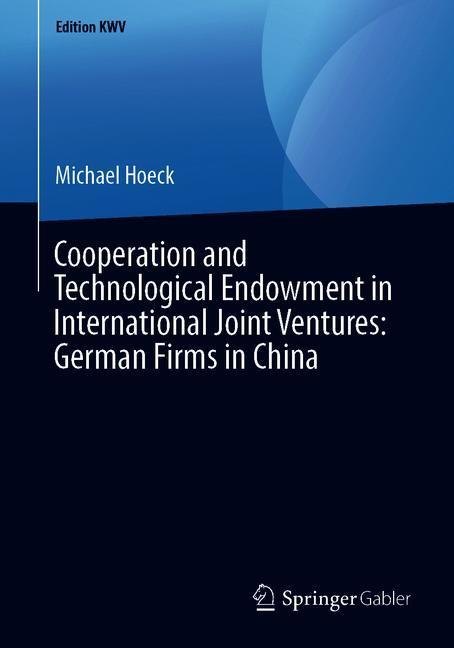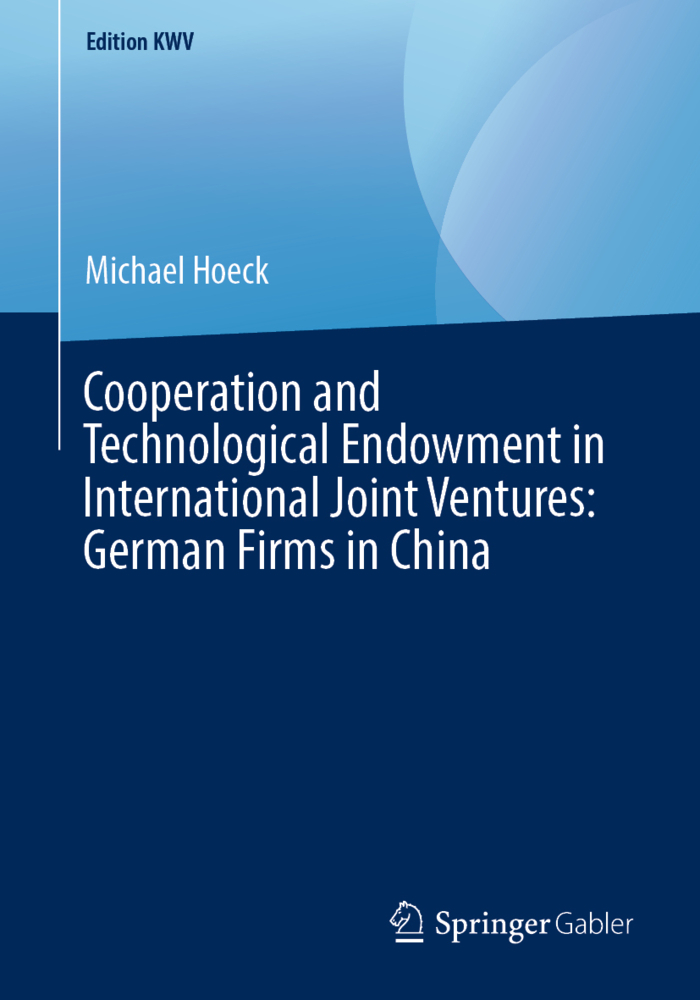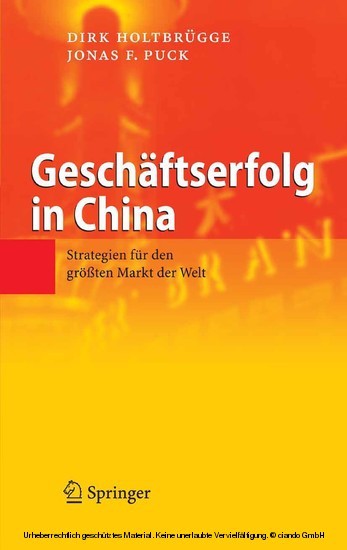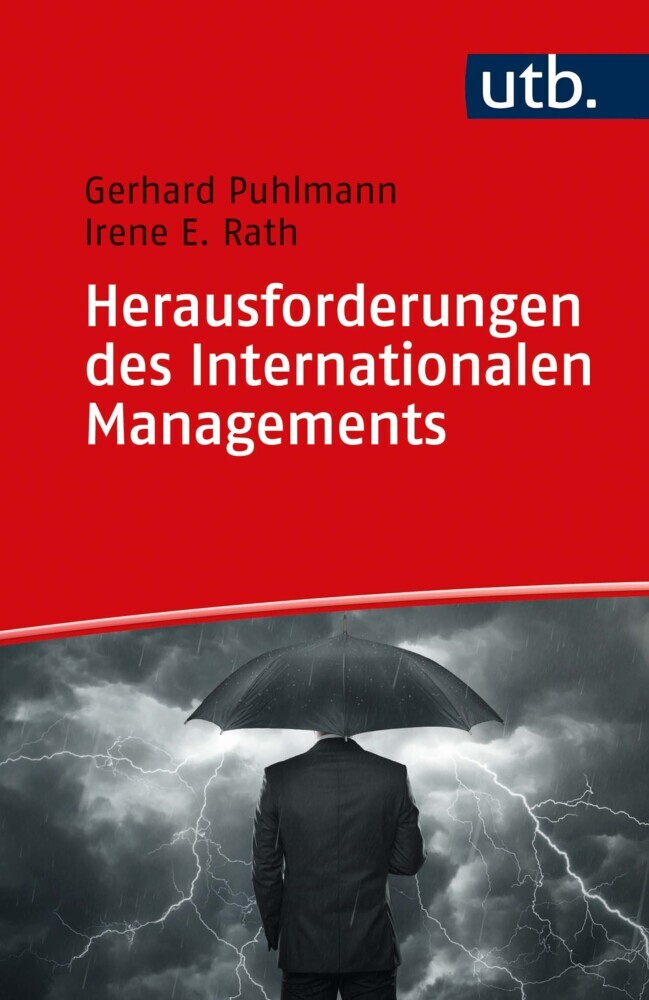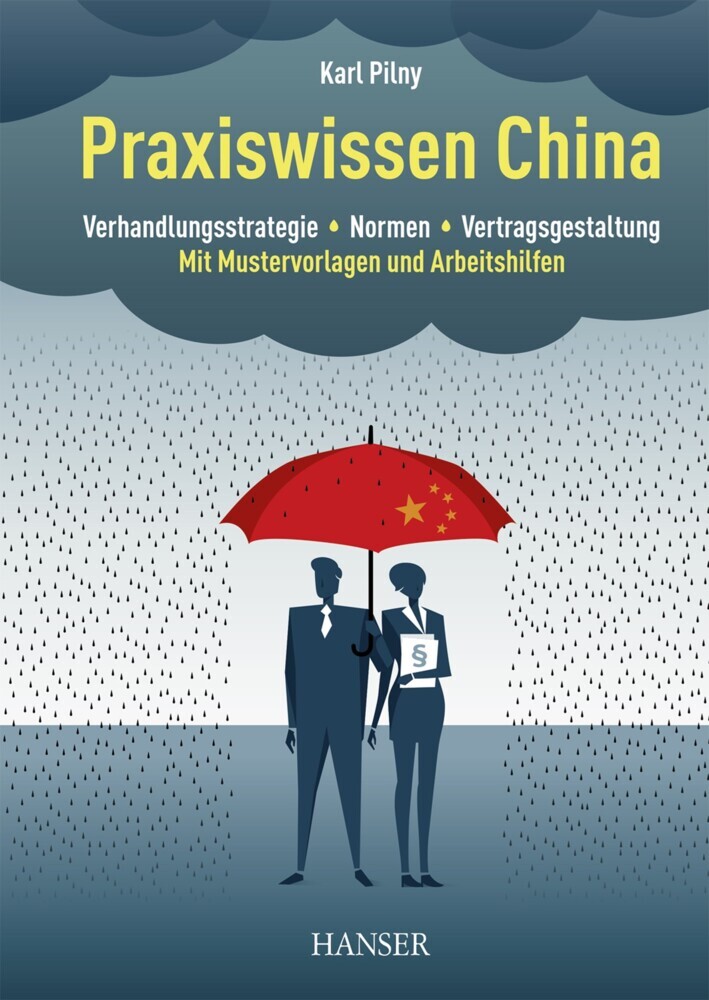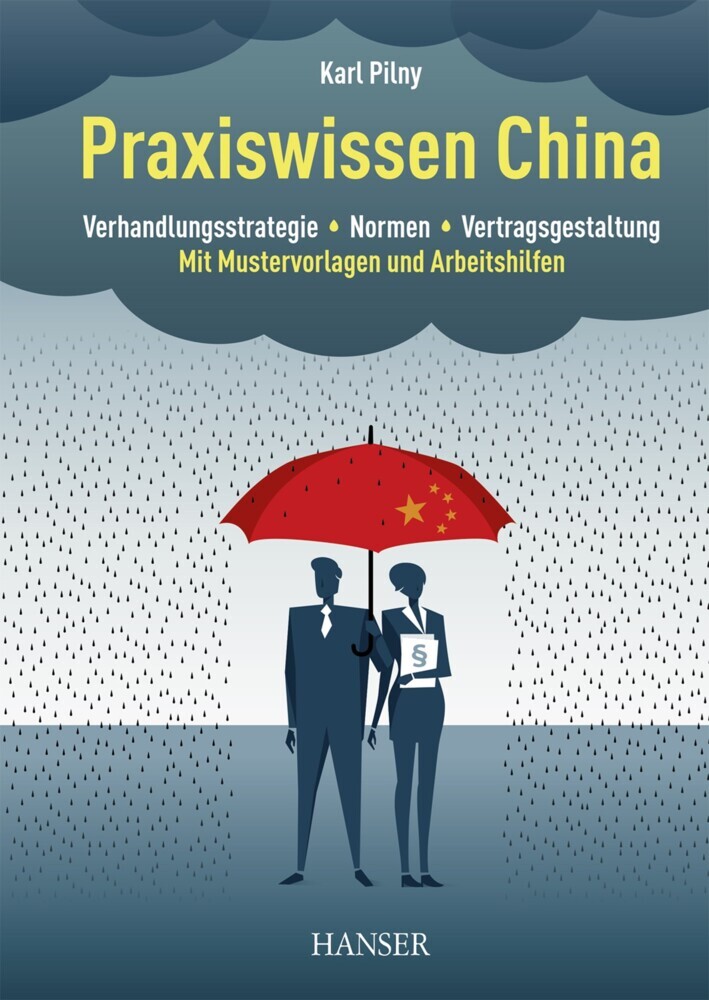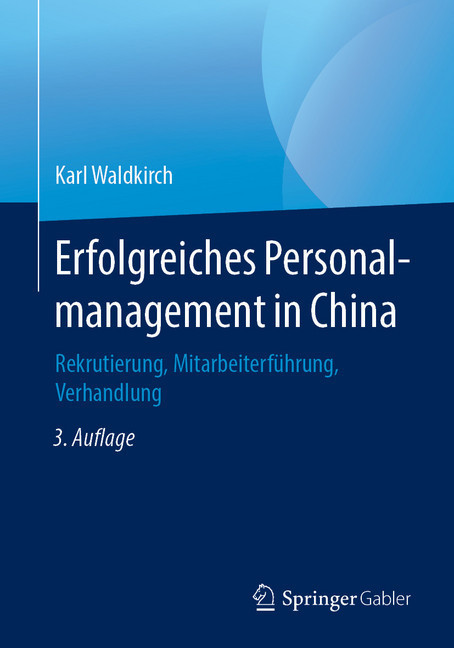Cooperation and Technological Endowment in International Joint Ventures: German Firms in China
Cooperation and Technological Endowment in International Joint Ventures: German Firms in China
A frequent choice for market entry to China is the international joint venture (IJV) with a Chinese partner. This is regarded as an adequate market entry if complex technological knowledge is to be transferred to the new location. However, IJVs also represent an easy way for local partners to absorb technological knowledge without authorization.
Michael Hoeck investigates the character and the degree of technology transfer into IJVs, using the example of German industrial firms in China. The two central questions that are investigated are 'What factors influence the sophistication of the technological endowment that an IJV in China receives from its German parents?' and 'In what way do strategic considerations regarding inter-firm cooperation and knowledge sharing influence the foreign investor's technology transfer behaviour?'.
The study results - derived from theoretical and empirical analysis - presents novel insights to both researchers and practitioners.
Dr. Michael Hoeck holds a degree in economics from the University of Maastricht, The Netherlands and a doctorate in economics from RWTH Aachen University. In addition to his work as a management consultant, he is involved as an early-stage investor in technology start-ups.
Michael Hoeck investigates the character and the degree of technology transfer into IJVs, using the example of German industrial firms in China. The two central questions that are investigated are 'What factors influence the sophistication of the technological endowment that an IJV in China receives from its German parents?' and 'In what way do strategic considerations regarding inter-firm cooperation and knowledge sharing influence the foreign investor's technology transfer behaviour?'.
The study results - derived from theoretical and empirical analysis - presents novel insights to both researchers and practitioners.
Dr. Michael Hoeck holds a degree in economics from the University of Maastricht, The Netherlands and a doctorate in economics from RWTH Aachen University. In addition to his work as a management consultant, he is involved as an early-stage investor in technology start-ups.
1;Foreword;6 2;Preface;8 3;Table of Contents;10 4;List of Tables;14 5;List of Figures;16 6;List of Abbreviations;18 7;I: Introduction;20 7.1;1. Description of the Research Topic;20 7.2;2. Literature Review and Research Question;24 7.3;3. Structure of the Thesis;26 8;II: Literature Review;29 8.1;1. On Technology;29 8.1.1;1.1. Technology: Definitions and Characteristics;29 8.1.1.1;1.1.1. Definitions;29 8.1.1.2;1.1.2. Characteristics of Technology;31 8.1.1.3;1.1.3. Technology Types and Industry Classifications;32 8.1.2;1.2. Indicators for Technological Sophistication;35 8.1.2.1;1.2.1. Which Functional Activities are Carried Out?;35 8.1.2.2;1.2.2. The Sophistication of an Organisation's Technological Resource Endowment;37 8.1.2.3;1.2.3. The Sophistication of an Organisation's Technological Capabilities;39 8.1.2.4;1.2.4. The Performance of an Organisation as a Proxy for its Technological Skills;41 8.1.3;1.3. International Technology Transfer (ITT);42 8.1.3.1;1.3.1. ITT in the Context of this Study;43 8.1.3.2;1.3.2. Relevant Issues in ITT Management;46 8.2;2. Technological Leadership and International Market Entry;49 8.2.1;2.1. The Role of Technological Leadership for International Market Entry;50 8.2.1.1;2.1.1. Explanations for International Market Entry;50 8.2.1.2;2.1.2. The Resource-Based View;53 8.2.1.3;2.1.3. Technological Resources and International Market Entry;55 8.2.2;2.2. The Choice for a Market Entry Form and Technology Transfer;56 8.2.2.1;2.2.1. Overview of Market Entry Forms;57 8.2.2.2;2.2.2. The Choice for a Market Entry Form;59 8.2.2.3;2.2.3. Technology Transfer and the Choice for an IJV;63 8.3;3. The International Joint Venture as a Channel for Technology Transfer;67 8.3.1;3.1. The (International) Joint Venture;67 8.3.1.1;3.1.1. Definitions;67 8.3.1.2;3.1.2. Strategic Objectives for International Joint Ventures Formation;69 8.3.1.3;3.1.3. IJV Classifications and Allocation of Partner Roles;71 8.3.2;3.2. Technology Transfer within International Joint Ventures;74 8.4;4. China as a Target Market for International Market Entry;79 8.4.1;4.1. The Political and Economic Development in China since 1978;80 8.4.2;4.2. Chinese Policies and Regulations regarding Technology Transfer;84 8.4.2.1;4.2.1. General Policy of the Chinese Government regarding Foreign Technology;84 8.4.2.2;4.2.2. Regulatory Framework and the Government's Role;86 8.4.2.3;4.2.3. Knowledge Drain and the IP Protection Regime in China;89 8.4.3;4.3. Legal Provisions for Relevant Market Entry Forms;95 8.4.3.1;4.3.1. Representative Office and Licensing;95 8.4.3.2;4.3.2. Foreign Invested Enterprises;96 8.4.4;4.3. Technology Transfer and FDI to China from the World and Germany;101 8.4.4.1;4.3.1. Technology Transfer to China;101 8.4.4.2;4.3.2. FDI from Germany to China;105 8.5;5. Recapitulation;107 9;III: Theoretical Considerations and Derivation of Hypotheses;109 9.1;1. Cooperation in IJVs and Technology Transfer from a Theoretical Perspective;109 9.1.1;1.1. A Simple Prisoner's Dilemma Paradigm and its Application to Knowledge Exchange;113 9.1.2;1.2. A Prisoner's Dilemma for Technology Transfer to IJVs;117 9.1.2.1;1.2.2. Basic Insights;123 9.1.2.2;1.2.3. Incorporating a Local Firm's Cooperation Probability - the Relevance of Trust;126 9.1.2.3;1.2.4. Taking Repeated Interaction and Reciprocity into Account;130 9.2;2. Discussion of General Influence Factors;137 9.2.1;2.1. External Influence Factors;139 9.2.1.1;2.1.1. Local Market Conditions;139 9.2.1.2;2.1.2. Industry-Specific Market Attractiveness;143 9.2.1.3;2.1.3. Differences in Cost Levels;144 9.2.1.4;2.1.4. Government Incentives;145 9.2.2;2.2. Internal Influence Factors;146 9.2.2.1;2.2.1. Characteristics of the Technology Sending Firm;147 9.2.2.2;2.2.2. Product and Technology Characteristics;150 9.2.2.3;2.2.3. The Technology Recipient and Practical Implementation Barriers;153 10;IV: Empirical Study;156 10.1;1. Research Design;156 10.1.1;1.1. Choice of the Empirical Setting and Structure of the Investigation;157 1
Hoeck, Michael
| ISBN | 9783658243555 |
|---|---|
| Artikelnummer | 9783658243555 |
| Medientyp | E-Book - PDF |
| Copyrightjahr | 2019 |
| Verlag | Springer Gabler |
| Umfang | 294 Seiten |
| Sprache | Englisch |
| Kopierschutz | Digitales Wasserzeichen |

